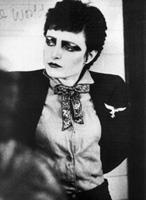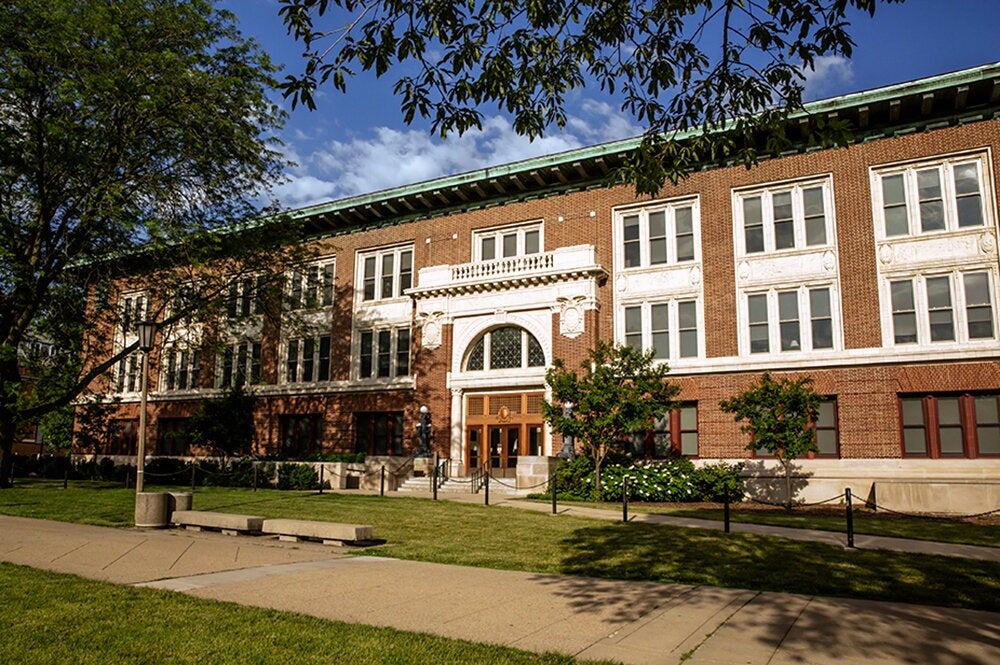

First came punk. Then came goth. Then came decades of goth, even as less enduring cultural phenomena of its period went the way of Sid Vicious and the Sex Pistols. Goth, it seems, in all its dark contrast to mainstream society, has a niche.
That's the conclusion reached by Lauren Goodlad, a professor of English at the University of Illinois, and Michael Bibby, a professor of English at Shippensburg University, who studied the goth subculture. Some 25 years after its emergence as an offshoot of punk rock, they say, goth is undead.
"Goth subculture's enduring vitality seems indisputable, despite phases of mainstream popularity that ought to have proved fatal," they say.
Goth is typically defined by the gloomy—often spectacularly so—manner in which its adherents appear. They dress in black garments, chains and lace, spiked heels, and clunky Doc Martens. They sport elaborate body piercings, dark makeup, shaved heads, dyed hair, tattoos, and even decorative scarring, or fangs.
The "look," Goodlad and Bibby say, "signifies the difference through stylistic innovation," trying to "violate the conventional barrier between object and representation."
Goth maintains a strong presence in nightclubs and on the Internet, which has become the most important channel for disseminating the melancholy culture, they say. Gothic rock, while no longer a presence on the pop charts, still attracts fans worldwide who purchase it from niche record labels.
The phenomenon stems back to Britain in the late 1970s. As punk rock's vulgar style caught on, Goodlad and Bibby say, "a gothic predilection for the dreadful and macabre emerged from within its ranks."

Romantically obsessed with death and darkness, goths, they say, also draw inspiration from "Gothic literary-historical traditions; from vampire cults, horror flicks, and B-movie camp; from Celtic, Pagan, Egyptian, and Christian mythology; from cyborg and techno cultures; from oppositional sexual practices including queer, drag, porn, and fetish; from subterranean drug cultures; and from a historical canon of the gothic avant-garde ranging from the pre-Raphaelites, Nietzsche, and Lautreamont, to Dali, Sartre, and the Velvet Underground."
So how does such a thing last? The tendency to embrace gothic literature and art, Goodlad and Bibby say, makes the subculture more engaged with the past than other youth cultures. The archaic is central to gothic sensibility, they say.
Goth has also been fueled by global capitalism.
"Late capitalism produces the desire for an aura that is felt to be prior to or beyond commodification, for a lived authenticity to be found in privileged forms of individual expression and collective identification," Goodlad and Bibby say. "For as long as goth seems to answer that desire, it will thrive as an undead subculture...imbuing the stuff of everyday life with the allure of stylistic resistance."


